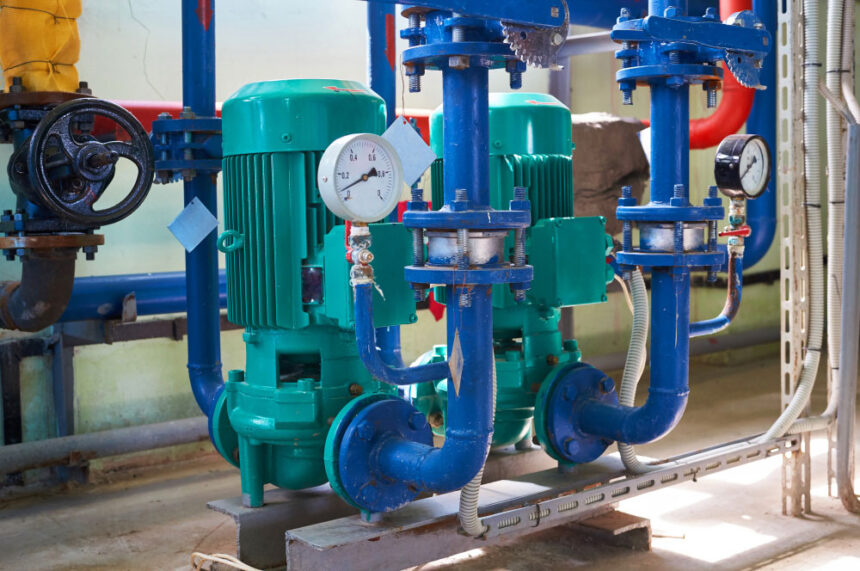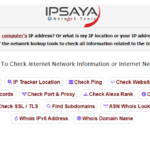Introduction
Pump systems play a crucial role in the smooth operation of both homes and businesses. From ensuring a steady water supply to managing waste, these systems are integral to our daily lives. Understanding how these pumps work, the importance of proper installation, and the steps involved in maintenance can help homeowners and business operators maintain efficiency and avoid costly repairs.
In this comprehensive guide, we’ll delve into the different types of pumps, the installation process, common problems and solutions, and the benefits of regular maintenance. Whether you’re a new homeowner or a business owner looking to upgrade your water management system, this article will provide valuable insights to keep your pumps running smoothly.
Types of Pumps and Their Uses
Sump Pumps
Sump pumps are essential for preventing basement flooding and managing groundwater. These pumps are typically installed in a sump pit, a specially constructed pit that collects water. The primary function of a sump pump is to pump out water that has accumulated in the pit, directing it away from the building’s foundation.
- Function and Importance Sump pumps activate automatically when the water level in the sump pit reaches a certain height. This is crucial for preventing water damage and maintaining a dry, healthy environment in basements and crawl spaces.
- Common Issues and Maintenance Tips Regular maintenance is key to ensuring the reliability of sump pumps. Common issues include clogging, power failures, and float switch problems. Homeowners should periodically check the pump for debris, test the float switch, and ensure the power source is reliable.
Sewage Pumps
Sewage pumps, also known as ejector pumps, are designed to pump waste from a home or business to the main sewer line or septic system. These pumps are essential in situations where the plumbing fixtures are located below the level of the main sewer line, making gravity drainage impossible.
- Role in Waste Management By efficiently moving waste, sewage pumps prevent backups and maintain a sanitary environment. They are commonly used in basement bathrooms and laundry rooms.
- Signs of Malfunction and Repair Tips Warning signs of a malfunctioning sewage pump include unusual noises, slow drainage, and foul odors. Regular inspection and maintenance, such as clearing clogs and checking the pump’s motor, can prevent major issues.
Well Pumps
Well pumps are vital for properties that rely on well water. These pumps draw water from the ground and deliver it to the home or business. There are different types of well pumps, including submersible pumps and jet pumps, each suited for specific depths and requirements.
- Essential for Water Supply Well pumps ensure a consistent supply of water for drinking, cooking, cleaning, and irrigation. Without a properly functioning well pump, access to water can be severely disrupted.
- Regular Maintenance and Common Repair Needs To maintain well pump efficiency, regular checks and maintenance are necessary. This includes inspecting the pressure tank, checking for leaks, and ensuring the pump is free of debris. Common repair needs involve replacing worn-out components like pressure switches and control boxes.
The Installation Process
Proper pump installation York County is crucial for the longevity and efficiency of the system. Whether installing a sump pump, sewage pump, or well pump, following the correct procedures ensures reliable performance.
Step-by-Step Guide
- Site Assessment and Preparation
-
-
- Evaluate the location for the pump installation.
- Ensure proper drainage and access to power sources.
- Prepare the installation site by digging the necessary pits or trenches.
-
- Selecting the Right Pump
-
-
- Choose a pump that meets the specific needs of your property.
- Consider factors like the type of pump, capacity, and power requirements.
-
- Installing the Pump
-
-
- Position the pump correctly, ensuring it is level and secure.
- Connect the pump to the appropriate piping and power supply.
- Install any necessary control systems or switches.
-
- Testing and Calibration
-
- Test the pump to ensure it operates correctly.
- Calibrate settings such as float switches or pressure settings.
- Address any leaks or operational issues immediately.
Tools and Expertise Required
Installing a pump often requires specialized tools and expertise. Homeowners should consider hiring a professional if they lack experience with plumbing and electrical work. Professionals bring knowledge and equipment to ensure the installation is safe and compliant with local regulations.
Common Pump Problems and Solutions
Clogging
Clogs are a common issue in all types of pumps, leading to reduced efficiency and potential damage.
- Causes and Prevention Clogs often result from debris, sediment, or foreign objects entering the pump. Preventive measures include installing screens or filters and performing regular cleaning.
- Solutions To clear a clog, disconnect the pump and remove the blockage manually. For persistent issues, consider professional cleaning services.
Power Issues
Power problems can cause pump failures, leading to water damage or disruption in water supply.
- Troubleshooting Tips Check the power source, including the circuit breaker and power cord. Ensure the pump is connected to a reliable power supply. Consider installing a backup power source, such as a generator, to maintain operation during power outages.
Mechanical Failures
Mechanical issues, such as motor failure or worn-out components, can significantly impact pump performance.
- Identifying and Fixing Common Issues Regular inspection can help identify worn or damaged parts. Replacing faulty components, such as bearings or impellers, can restore the pump’s functionality. For complex repairs, seek professional assistance.
Benefits of Regular Maintenance
Regular maintenance is essential for ensuring the longevity and efficiency of pump systems.
Longevity of the Pump
Routine maintenance tasks, such as cleaning, inspecting, and testing, can significantly extend the life of a pump. By addressing minor issues before they become major problems, homeowners and business operators can avoid costly repairs and replacements.
Cost Savings in the Long Run
Investing in regular maintenance can lead to substantial cost savings. Well-maintained pumps operate more efficiently, reducing energy consumption and lowering utility bills. Additionally, preventive maintenance can prevent expensive emergency repairs and downtime.
Improved Performance
Maintained pumps perform better, providing consistent and reliable service. This is particularly important for critical applications, such as sewage management and water supply. Improved performance ensures that the pumps meet the demands of the property without frequent disruptions.
Conclusion
Understanding the intricacies of pump installation and repair is crucial for maintaining efficient water management systems in homes and businesses. From sump pumps and sewage pumps to well pumps, each type plays a vital role in ensuring a steady water supply and effective waste management.
By following proper installation procedures, addressing common issues promptly, and investing in regular maintenance, property owners can ensure the longevity and efficiency of their pump systems. This comprehensive guide has provided valuable insights into the different types of pumps, the installation process, common problems, and the benefits of routine maintenance.
Proactive management and a good understanding of these systems can prevent major issues and contribute to a smooth, hassle-free operation of water management systems. Whether you are a new homeowner or a seasoned business owner, these insights will help you keep your pumps running efficiently and effectively for years to come.


